Meditation is a timeless practice found in various forms across the globe, offering unique methods to achieve inner peace and mindfulness. From the rhythmic chants of Tibetan monks to the silent stillness of Japanese Zen, different cultures have developed distinct techniques that reflect their spiritual traditions and ways of life. In this article, we explore some of the most unique meditation practices from around the world, each providing a window into the rich diversity of human contemplation.
Zazen (Japan)
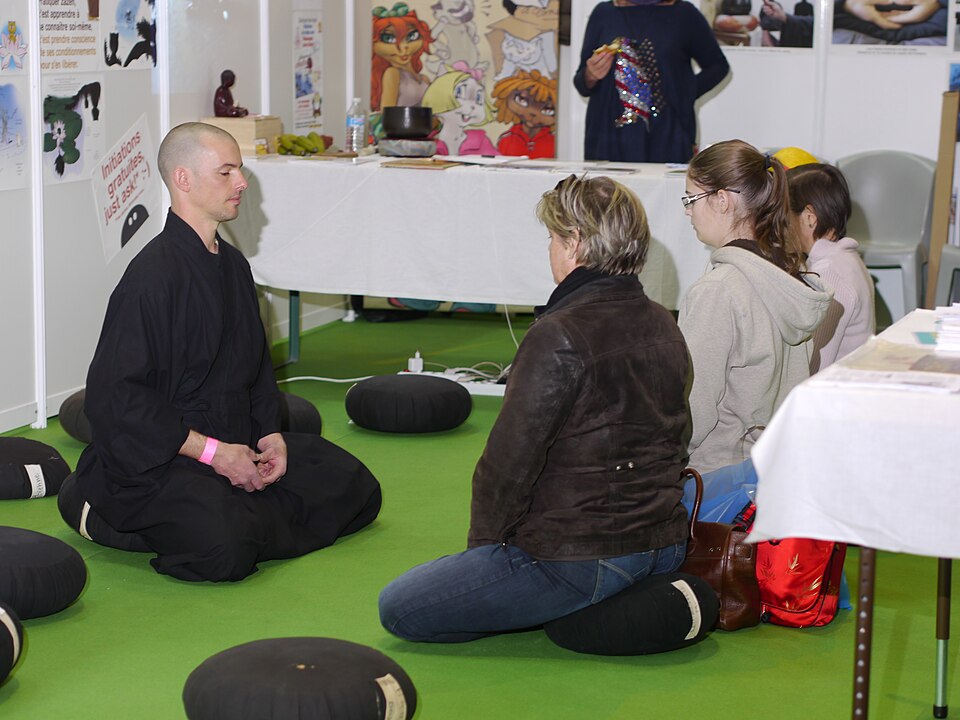
Zazen, a practice central to Zen Buddhism, involves seated meditation where practitioners sit in the lotus or half-lotus position, focusing on their breath and posture. The aim is to observe thoughts without attachment, cultivating a state of mental clarity and presence. Zazen emphasizes the importance of the physical posture to align the mind and body, promoting a deeper meditative state.
Vipassana (India)
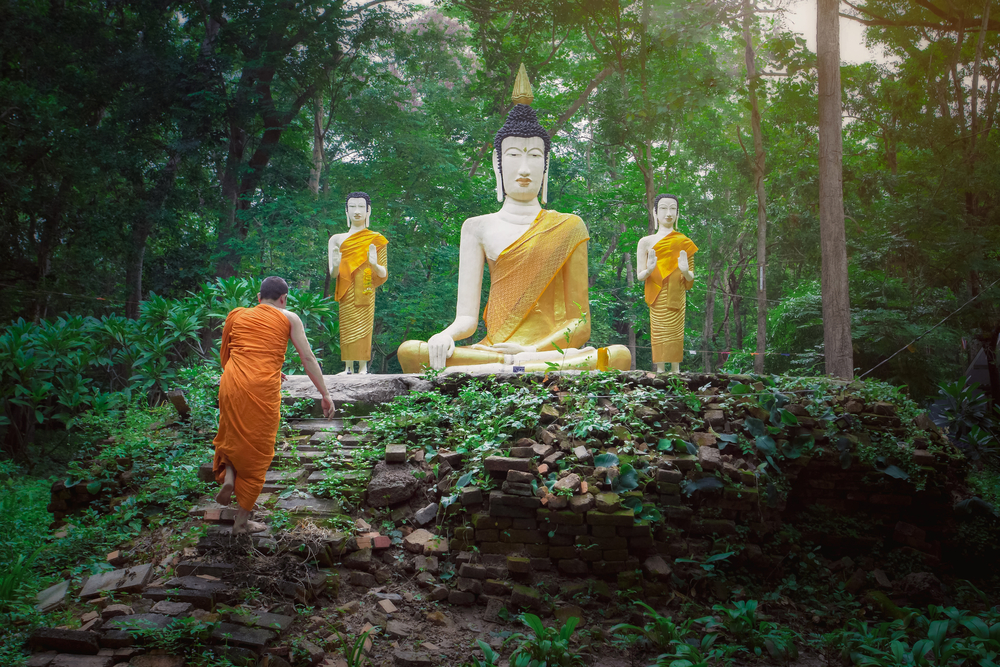
Vipassana, meaning “insight” or “clear seeing,” is one of India’s oldest meditation techniques, attributed to Gautama Buddha. Practitioners observe their bodily sensations and thoughts without reacting, fostering self-awareness and understanding of the impermanent nature of all experiences. This method aims to purify the mind and eliminate mental impurities through sustained mindfulness.
Loving-Kindness Meditation (Metta) (Theravada Buddhism)

Loving-kindness meditation, or Metta, focuses on cultivating an attitude of love and compassion towards oneself and others. Practitioners silently repeat phrases like “May I be happy, may I be healthy” and gradually extend these wishes to all beings. This technique helps in reducing anger and increasing feelings of empathy and connection.
Transcendental Meditation (TM) (India)

Transcendental Meditation involves silently repeating a personal mantra assigned by a certified instructor. This practice, developed by Maharishi Mahesh Yogi, aims to transcend ordinary thinking and reach a state of pure consciousness. TM is known for its simplicity and effectiveness in reducing stress and enhancing cognitive functions.
Tummo Meditation (Tibet)
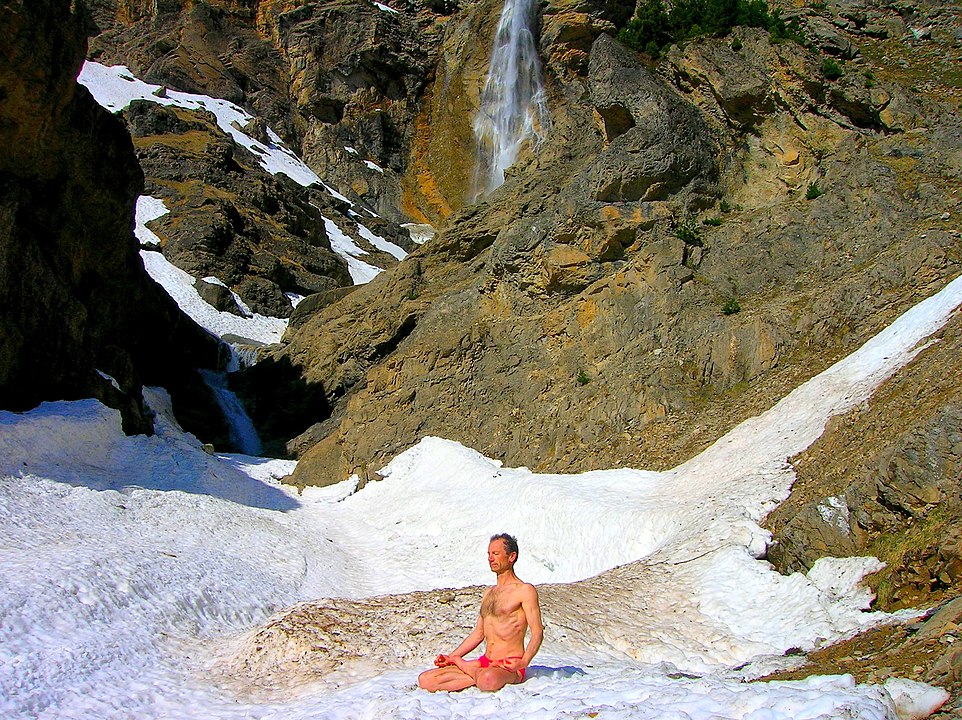
Tummo, or “Inner Fire” meditation, is a Tibetan practice that combines breath control, visualization, and concentration to generate inner heat. Practitioners visualize flames rising through their central energy channel while performing specific breathing techniques. This practice not only aids in spiritual awakening but also helps monks endure extreme cold conditions.
Qigong Meditation (China)

Qigong is a holistic practice integrating physical movements, breathing techniques, and focused intention. Rooted in traditional Chinese medicine, Qigong aims to cultivate and balance the body’s vital energy, or “Qi.” Practitioners perform slow, graceful movements while focusing on their breath, promoting physical and mental well-being.
Yoga Nidra (India)

Yoga Nidra, or “yogic sleep,” is a guided meditation practice that induces deep relaxation and conscious awareness. Practitioners lie down and follow verbal instructions that guide them through body scans, breath awareness, and visualization. Yoga Nidra helps release deep-seated tension and fosters a sense of inner peace.
Sound Meditation (Tibet)

Sound meditation, often using Tibetan singing bowls or gongs, involves listening to and absorbing sound vibrations. The resonant tones create a soothing environment, helping practitioners achieve a state of deep relaxation and heightened awareness. This practice is believed to balance the body’s energy and promote healing.
Kundalini Meditation (India)
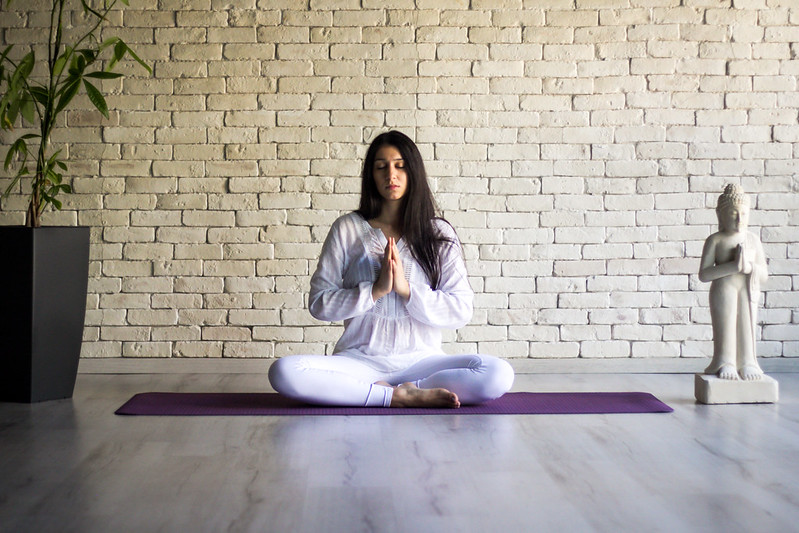
Kundalini meditation focuses on awakening the dormant energy at the base of the spine and guiding it upward through the chakras. Techniques include breath control, chanting, and specific postures. The goal is to achieve spiritual enlightenment and heightened consciousness by harmonizing the body’s energy centers.
Mindfulness Meditation (Vipassana) (Buddhism)

Mindfulness meditation involves paying attention to the present moment with non-judgmental awareness. Practitioners observe their thoughts, feelings, and bodily sensations as they arise. This practice, rooted in Buddhist tradition, helps develop a deep sense of awareness and acceptance, reducing stress and enhancing emotional regulation.
Shamatha Meditation (Tibetan Buddhism)

Shamatha, or “calm abiding,” is a foundational practice in Tibetan Buddhism focused on developing concentration and tranquility. Practitioners concentrate on an object, such as the breath or a visual symbol, to stabilize the mind. This practice helps cultivate mental clarity and prepares the mind for deeper meditative states.
Walking Meditation (Vietnam)
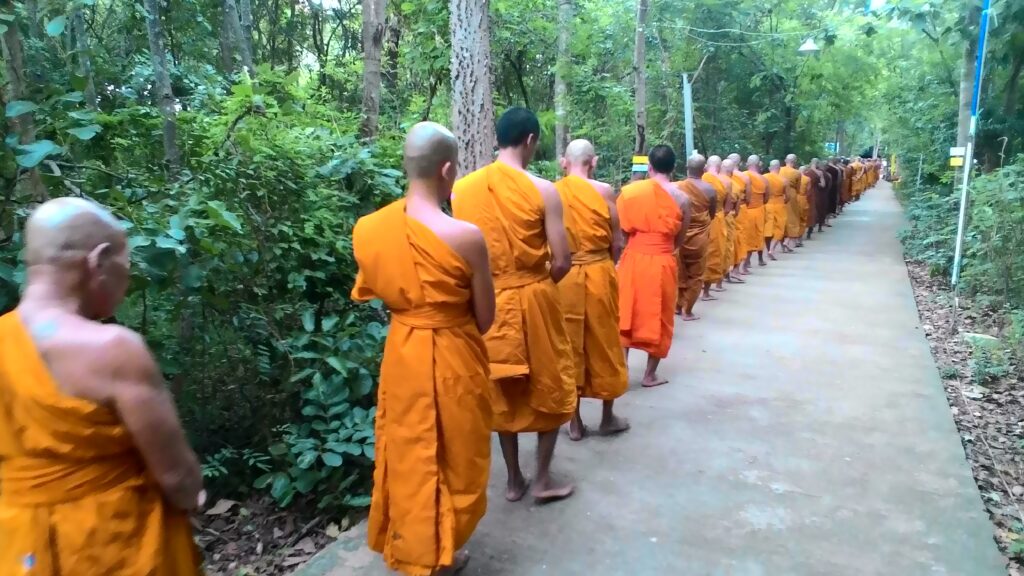
Walking meditation, popularized by Vietnamese Zen master Thich Nhat Hanh, involves walking slowly and mindfully, paying attention to each step and the sensations in the body. This practice integrates movement with mindfulness, promoting a sense of grounding and connection to the present moment.
Dzogchen Meditation (Tibetan Buddhism)
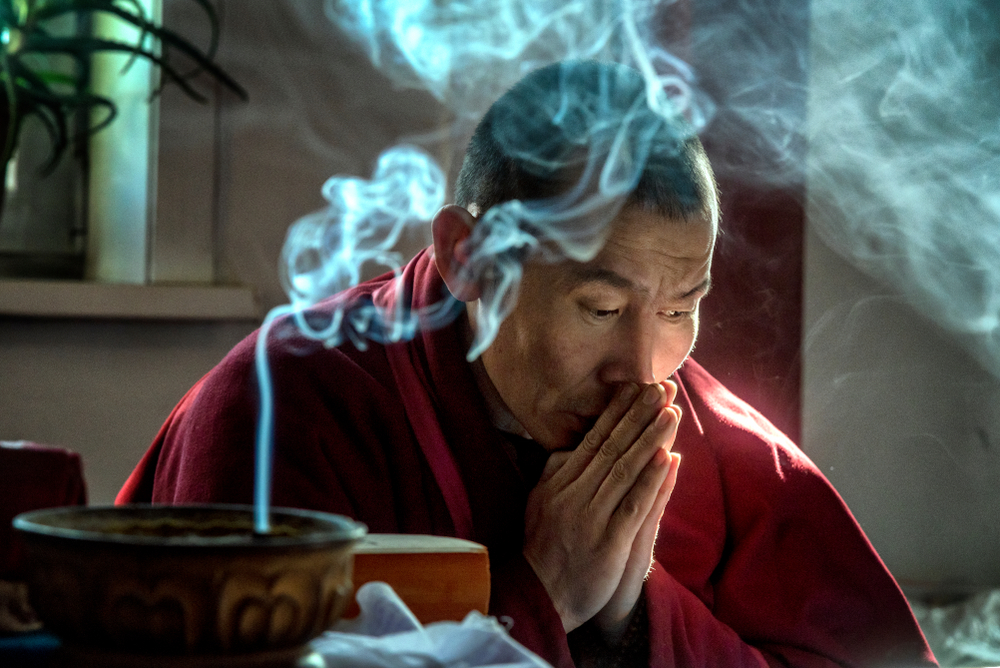
Dzogchen, or “Great Perfection,” is a meditation practice aimed at realizing the intrinsic nature of mind. Practitioners rest in a state of open awareness, free from conceptual thinking. This advanced practice emphasizes the direct experience of the mind’s innate clarity and spaciousness.
Forest Bathing (Shinrin-Yoku) (Japan)

Forest bathing, or Shinrin-Yoku, involves immersing oneself in nature and mindfully engaging with the natural environment. Practitioners walk slowly through a forest, paying attention to sights, sounds, and smells. This practice reduces stress, enhances mood, and promotes a deep sense of relaxation and connection to nature.
Chakra Meditation (India)
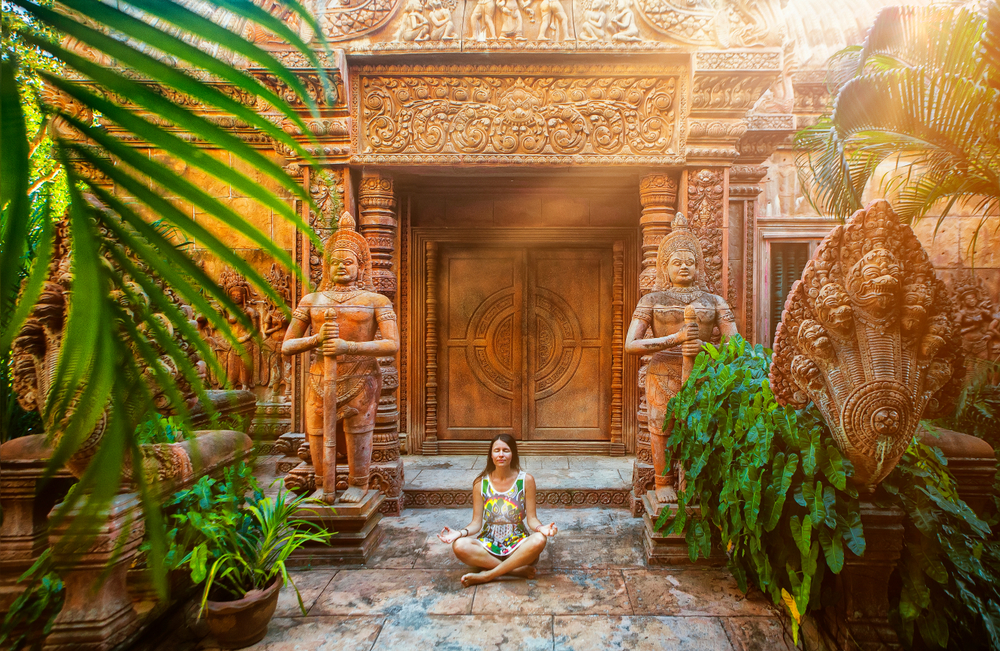
Chakra meditation focuses on the body’s seven energy centers, or chakras. Practitioners visualize each chakra as a spinning wheel of energy and use breathwork and mantras to balance and align them. This practice aims to enhance physical, emotional, and spiritual well-being by ensuring the free flow of energy throughout the body.
Sufi Whirling (Turkey)

Sufi whirling, a form of active meditation practiced by the Mevlevi Order of Sufis, involves spinning in circles while focusing on a point of stillness within. This practice symbolizes the soul’s journey towards spiritual enlightenment and union with the divine. The rhythmic movement induces a trance-like state, fostering deep spiritual experiences.
Nada Yoga (India)

Nada Yoga, or “union through sound,” involves meditating on internal and external sounds. Practitioners listen to calming music or chant specific sounds and mantras, gradually shifting their focus to subtle inner sounds. This practice aims to harmonize the mind and body, leading to a state of inner peace and heightened awareness.
Tonglen Meditation (Tibetan Buddhism)

Tonglen, or “giving and receiving,” is a compassion meditation practice where practitioners visualize inhaling the suffering of others and exhaling compassion and love. This technique helps develop empathy and altruism, transforming negative emotions into positive ones and fostering a sense of interconnectedness.
Vedic Meditation (India)

Vedic meditation, rooted in ancient Vedic traditions, involves silently repeating a mantra to settle the mind into a state of restful alertness. This practice, similar to Transcendental Meditation, aims to transcend ordinary thinking and access deeper levels of consciousness, promoting relaxation and clarity.
Guided Visualization (Various Cultures)
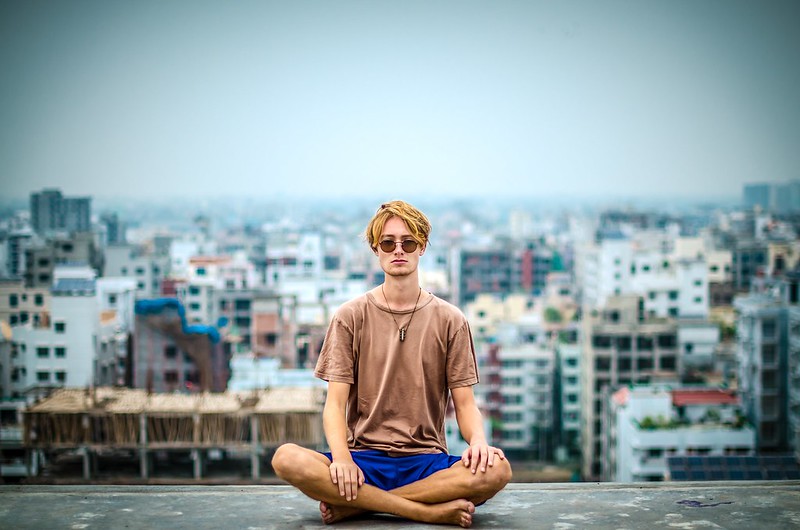
Guided visualization involves following a narrator’s voice to imagine calming and positive scenarios. This practice can include visualizing peaceful landscapes, achieving personal goals, or healing the body. Guided visualization harnesses the power of imagination to reduce stress, enhance well-being, and foster a sense of inner peace.
This article originally appeared on UnifyCosmos.
More from UnifyCosmos
21 Unexpected Ways to Boost Your Home`s Value

From small aesthetic changes to smart technology upgrades, discover these unexpected ways to enhance your home’s appeal and market value. Read more!
21 Common Mistakes That Decrease Your Home`s Value

In this article, we explore common mistakes homeowners make that inadvertently decrease their property’s value, as shared by experienced real estate agents. Read more!
23 Common Foods You Can`t Grow at Home

This article explores a variety of common foods that, surprisingly, are illegal to cultivate at home in some parts of the world. Read more!
Leave a Reply